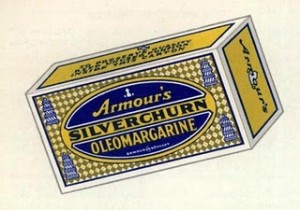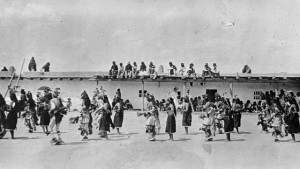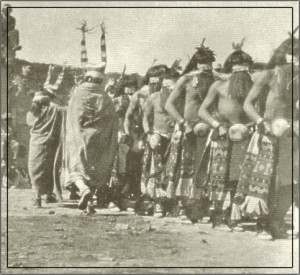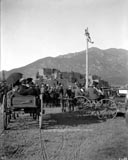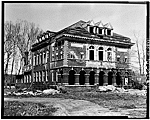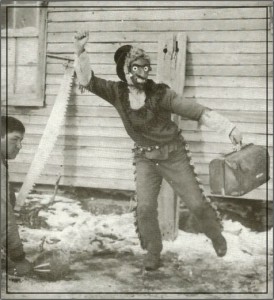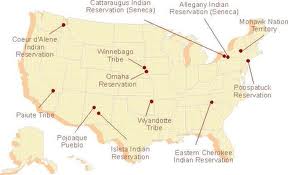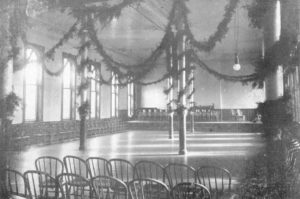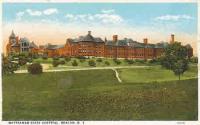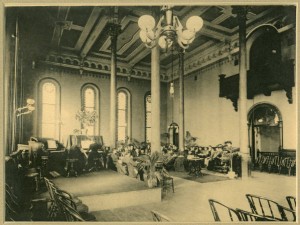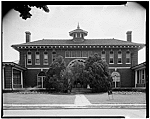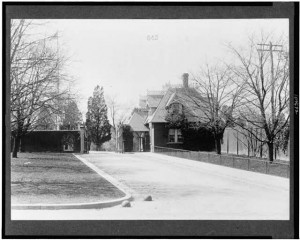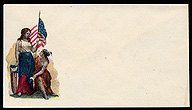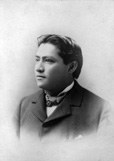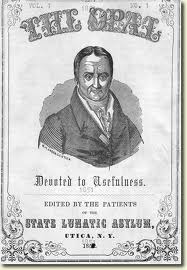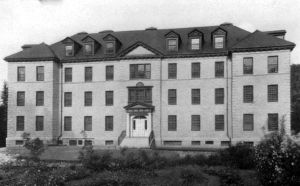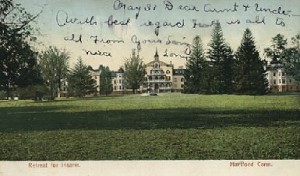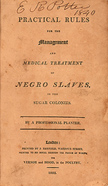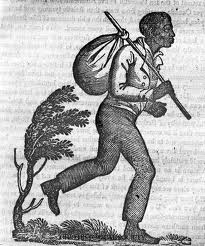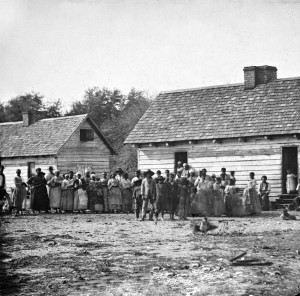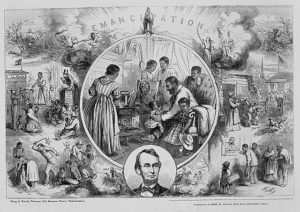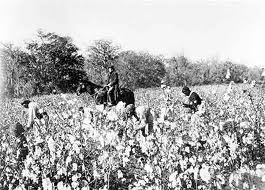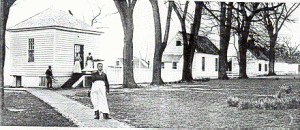- In the early days of psychiatry, there were few medicines available to treat mental illness. Diet and exercise, along with work and light amusement, were often the only prescriptions a doctor could give.
St. Elizabeths was under Congressional investigation for patient abuse in 1906. Dr. Harry Hummer, who later became superintendent of the Canton Asylum for Insane Indians, testified about the food served at St. Elizabeths.
Hummer said that sick patients were given an extremely liberal diet of eggs and milk: 17 dozen eggs daily and 35 gallons of milk for between 125 and 130 people, along with other food. Patients in the dining hall did not receive milk to drink, though they received food that used milk in preparation. Hummer also stated that employees complained about tough meat and that they could not eat the oleo (margarine).
Epileptics, who were considered insane by most doctors, ate at a special table in the dining hall. Hummer said that they were “not allowed to have anything that we think will upset them in the nature of corned beef or cabbage, and heavy indigestible food.”
________________________________________________________


